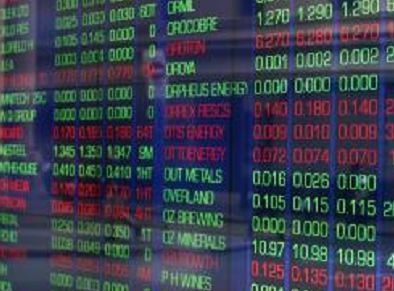
Oil erased loses as a weaker dollar made commodities priced in the US currency more attractive to investors.
The dollar dropped against all but two of its 16 major counterparts, extending last week’s decline, which was the biggest in three years, as the Federal Reserve damped the outlook for higher rates.
Crude fell as much as 2.7% in New York earlier as Saudi Arabia’s comments that it’s pumping crude near a record pace signaled that the global supply glut will persist.
Saudi Arabia is producing almost 10 million barrels a day, Oil Minister Ali al-Naimi said on Sunday, which would be close to a record if sustained for a month.
US energy companies are prepared to boost drilling activity later this year and building a “war chest” of uncompleted wells, according to Goldman Sachs Group Inc.
“Prices are up from the lows because of the weakening dollar,” Bob Yawger, director of the futures division at Mizuho Securities USA Inc. in New York, said by phone. “There’s a strong reverse correlation between oil and the dollar, and we’re seeing it at work today.”
West Texas Intermediate for May delivery increased 27 cents to $46.84 a barrel at 9:43 a.m. on the New York Mercantile Exchange. Futures slipped as much as $1.24 to $45.33 earlier. The April contract expired on Friday after advancing $1.76 to $45.72. Total volume was 37 percent below the 100-day average for the time of day.
Brent for May settlement rose 62 cents, or 1.1%, to $55.94 a barrel on the London-based ICE Futures Europe exchange. Volume was up 9.5% from the 100-day average. The European benchmark crude traded at a $9.04 premium to WTI.
The Bloomberg Dollar Spot Index slipped 0.7%, adding to last week’s 2.2 percent decline.
Prices dropped over the past month as U.S. crude output and inventories rose to the highest levels in more than three decades. Prices are unlikely to return to $100 a barrel because a surge would draw higher-cost producers into the market, said Mohammed Al-Madi, Saudi Arabia’s governor to the Organization of Petroleum Exporting Countries.
“The combination of both the Saudis and Americans pumping crude at near record levels is putting a lot of downward pressure on the market,” Yawger said.
Recommended for you
